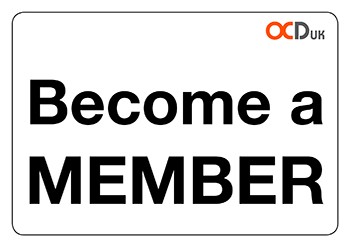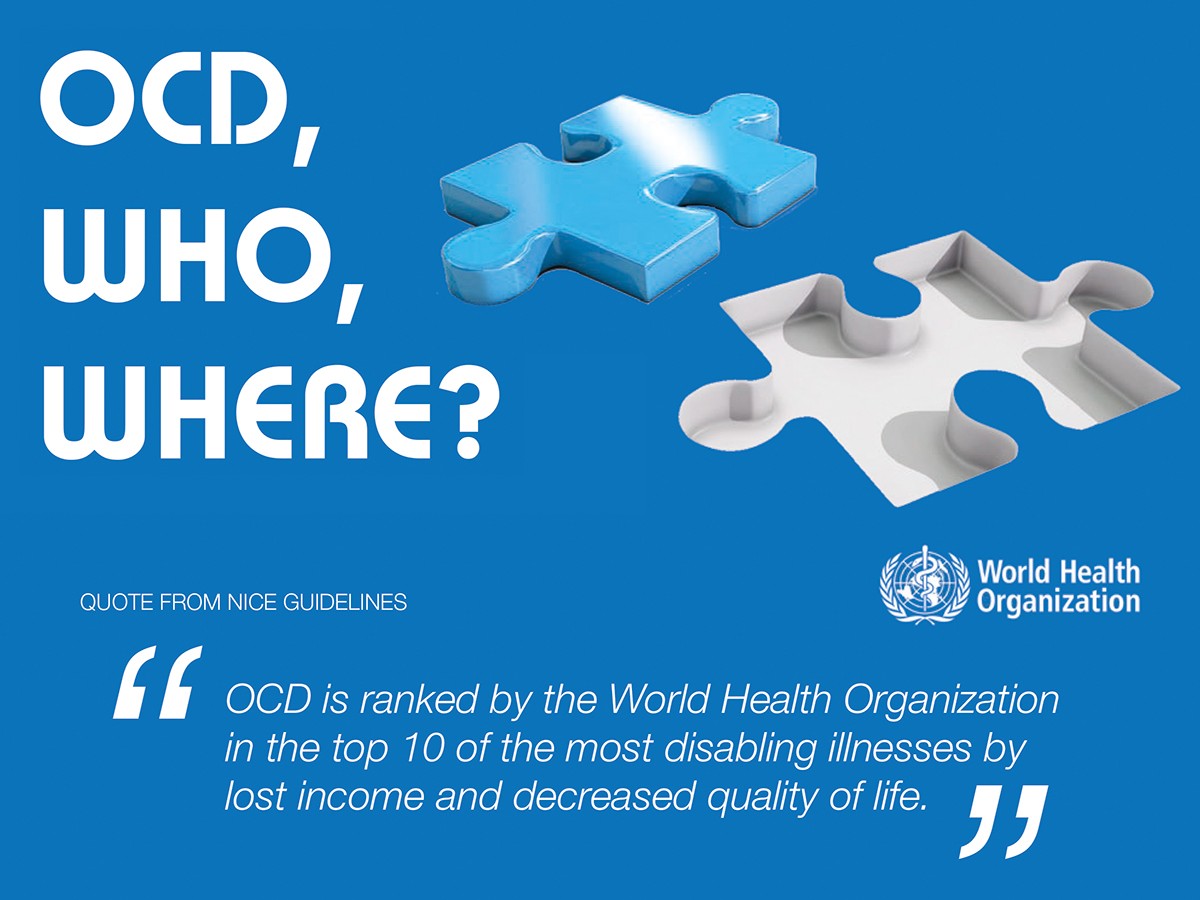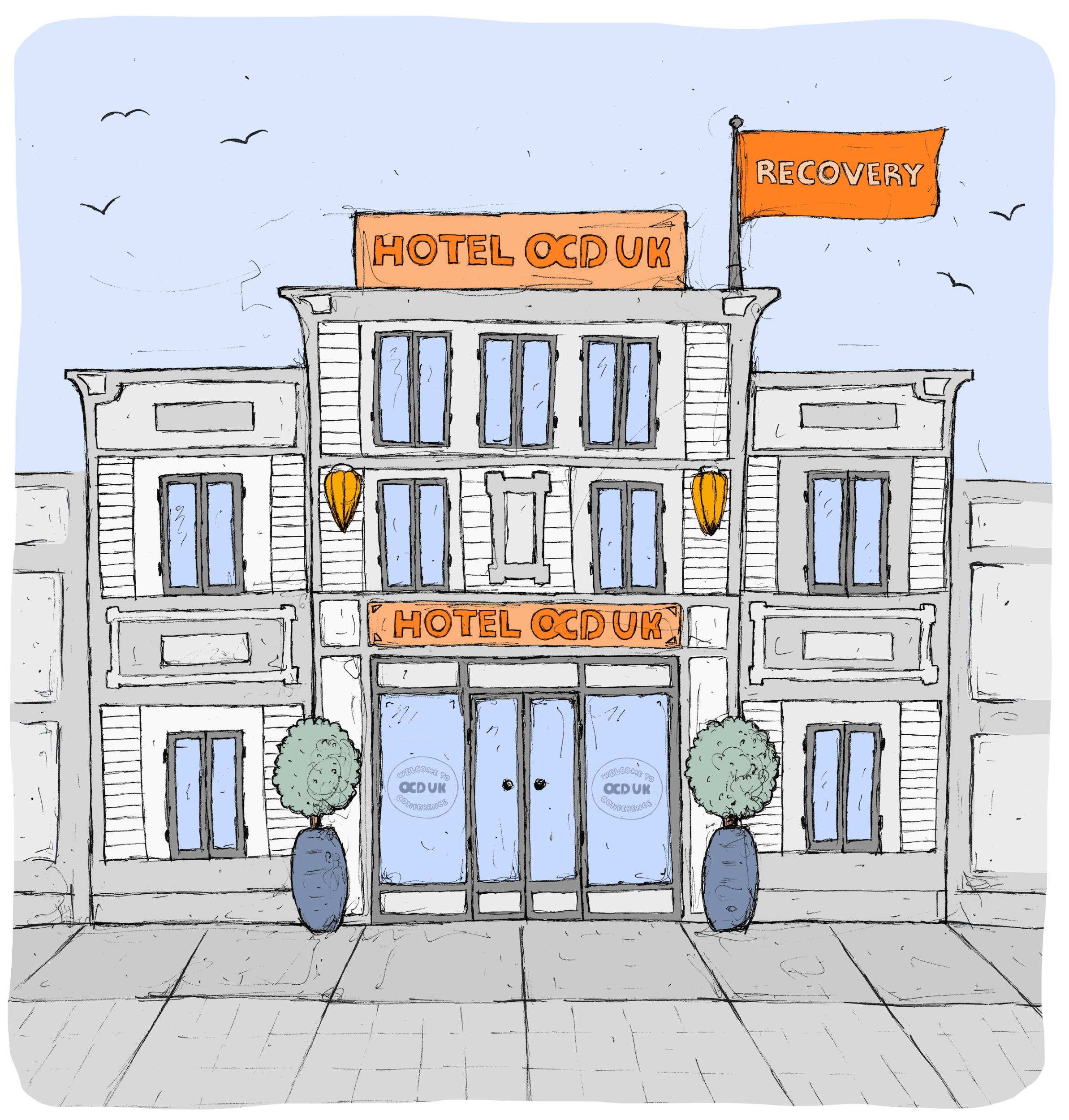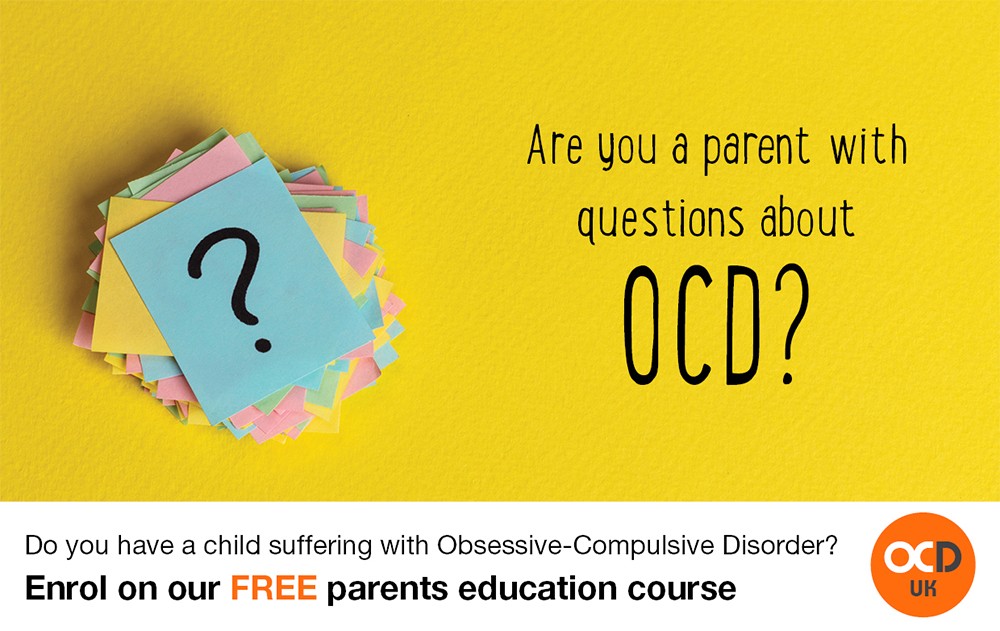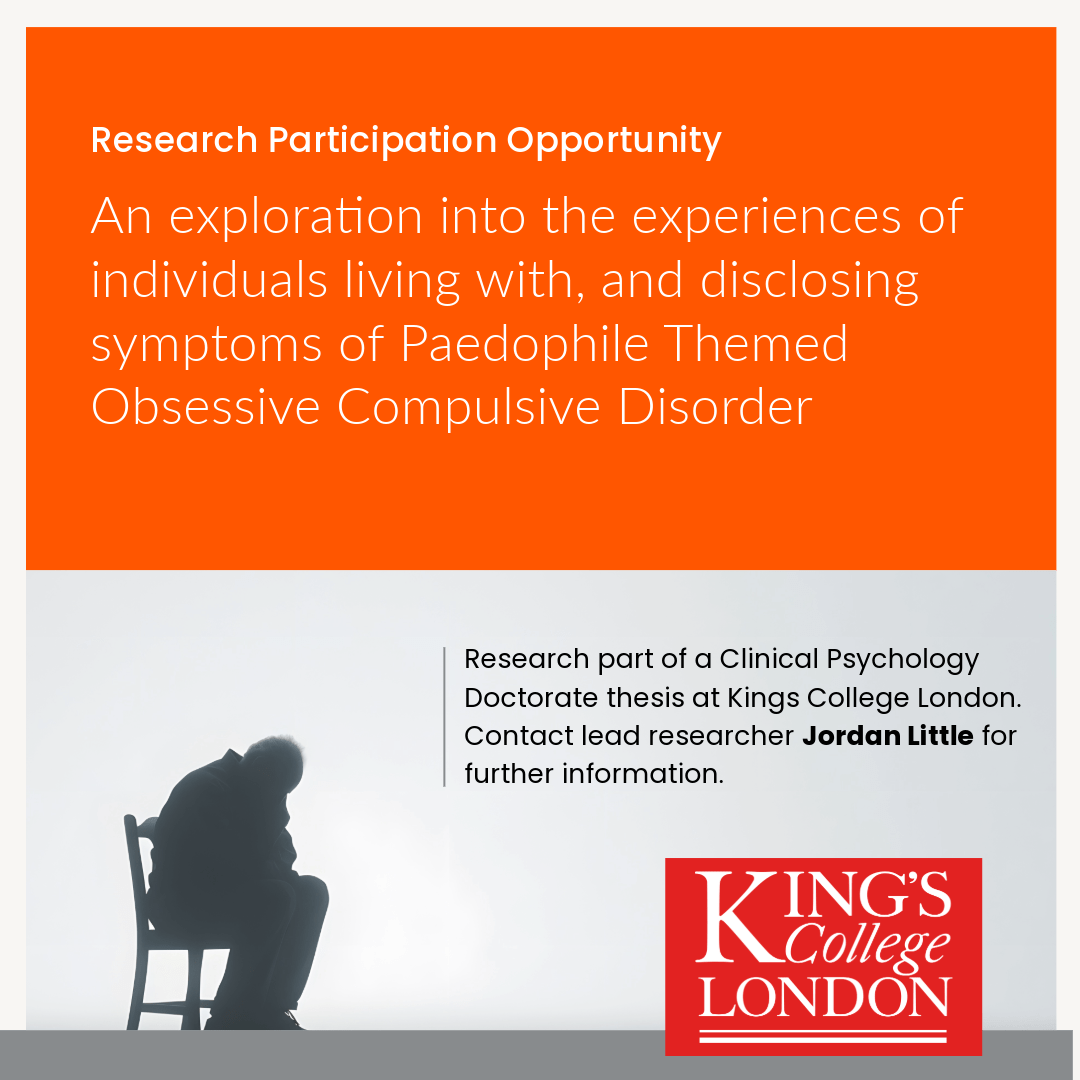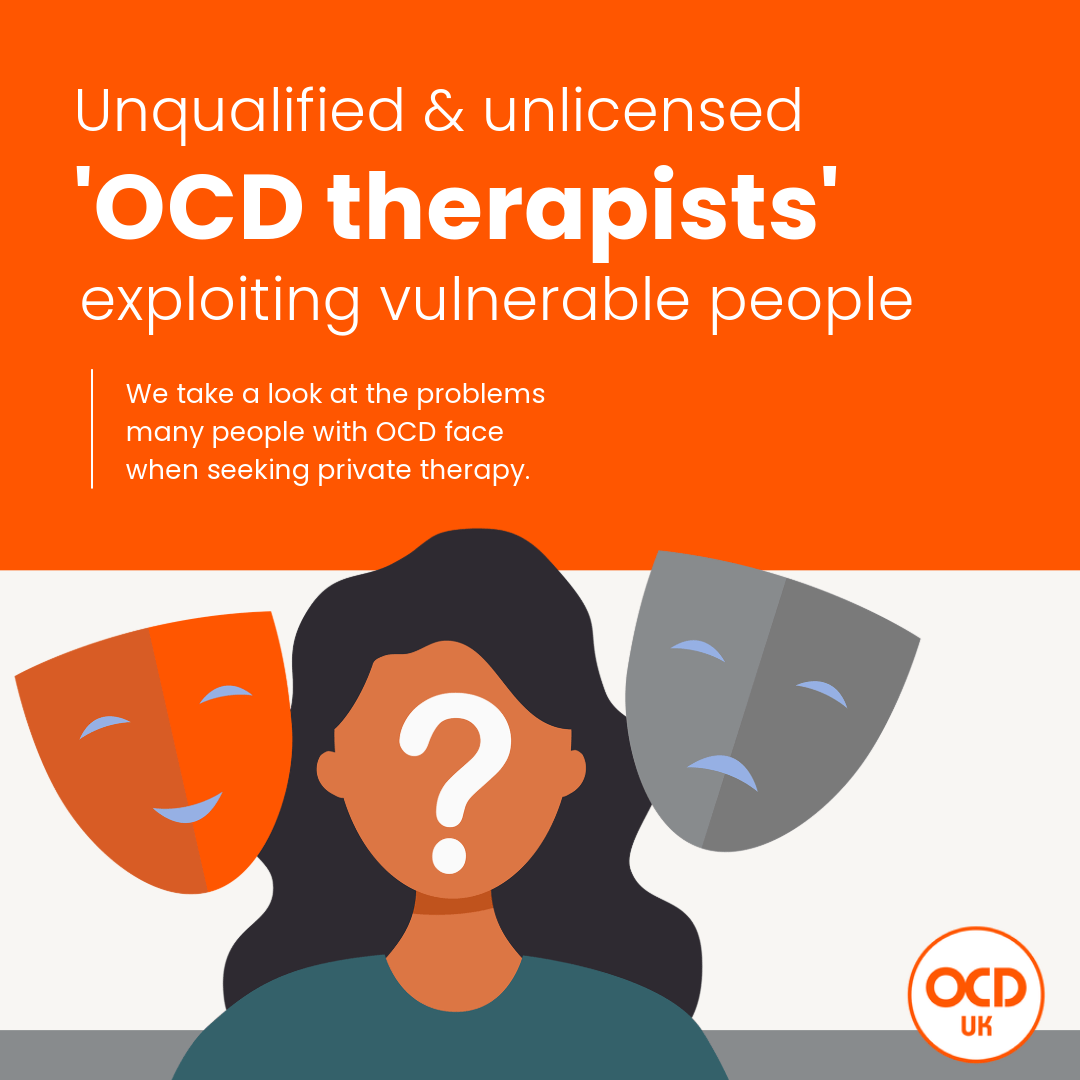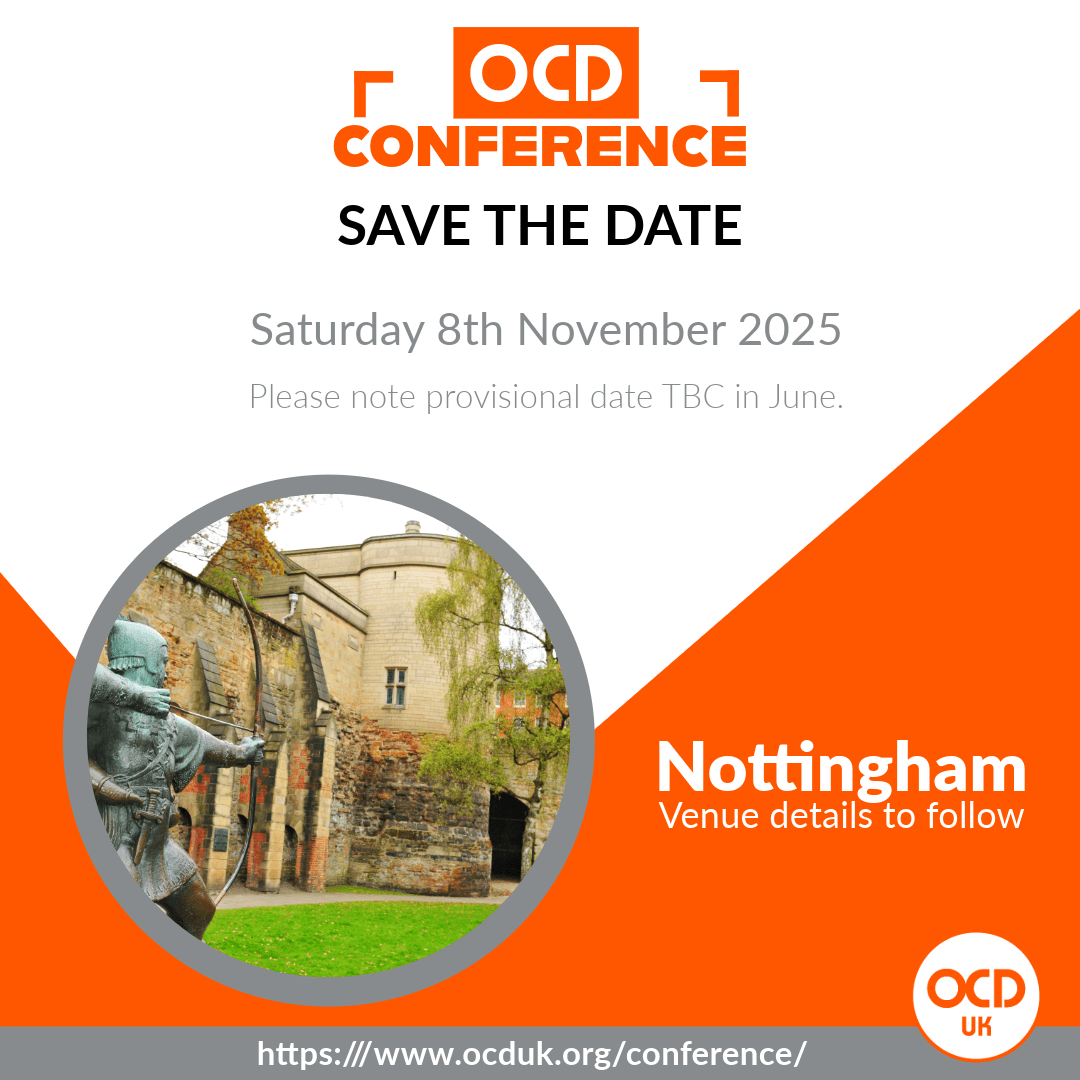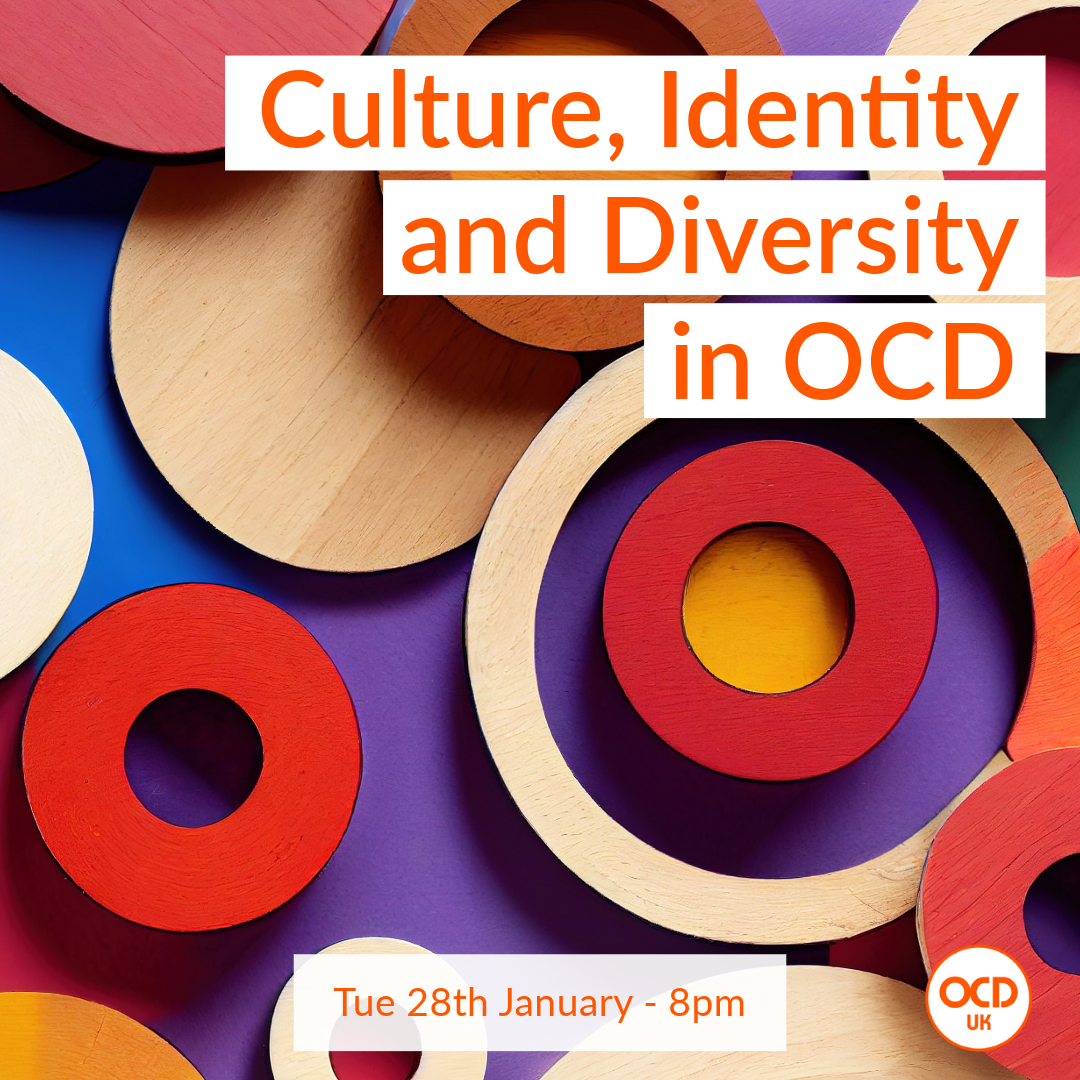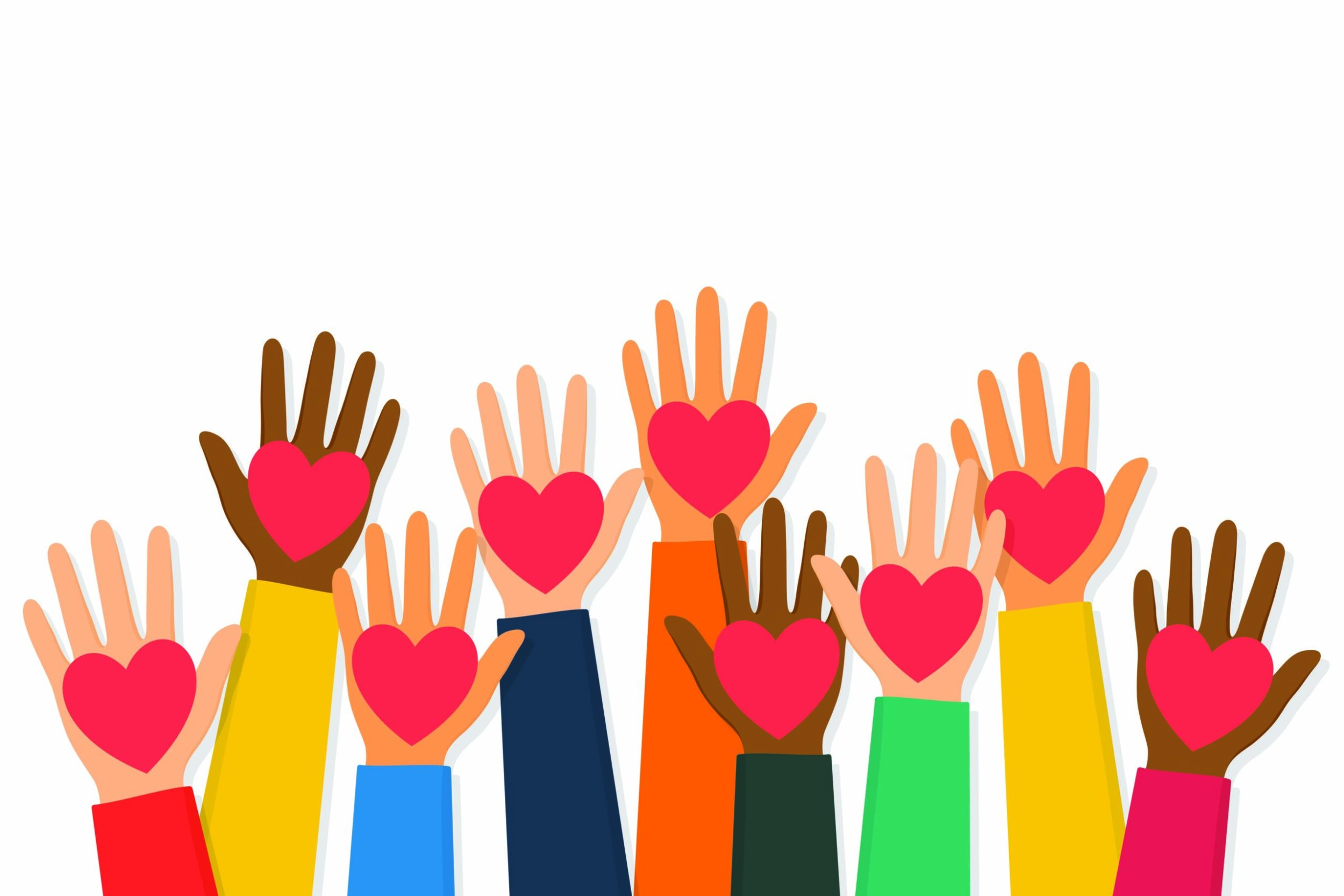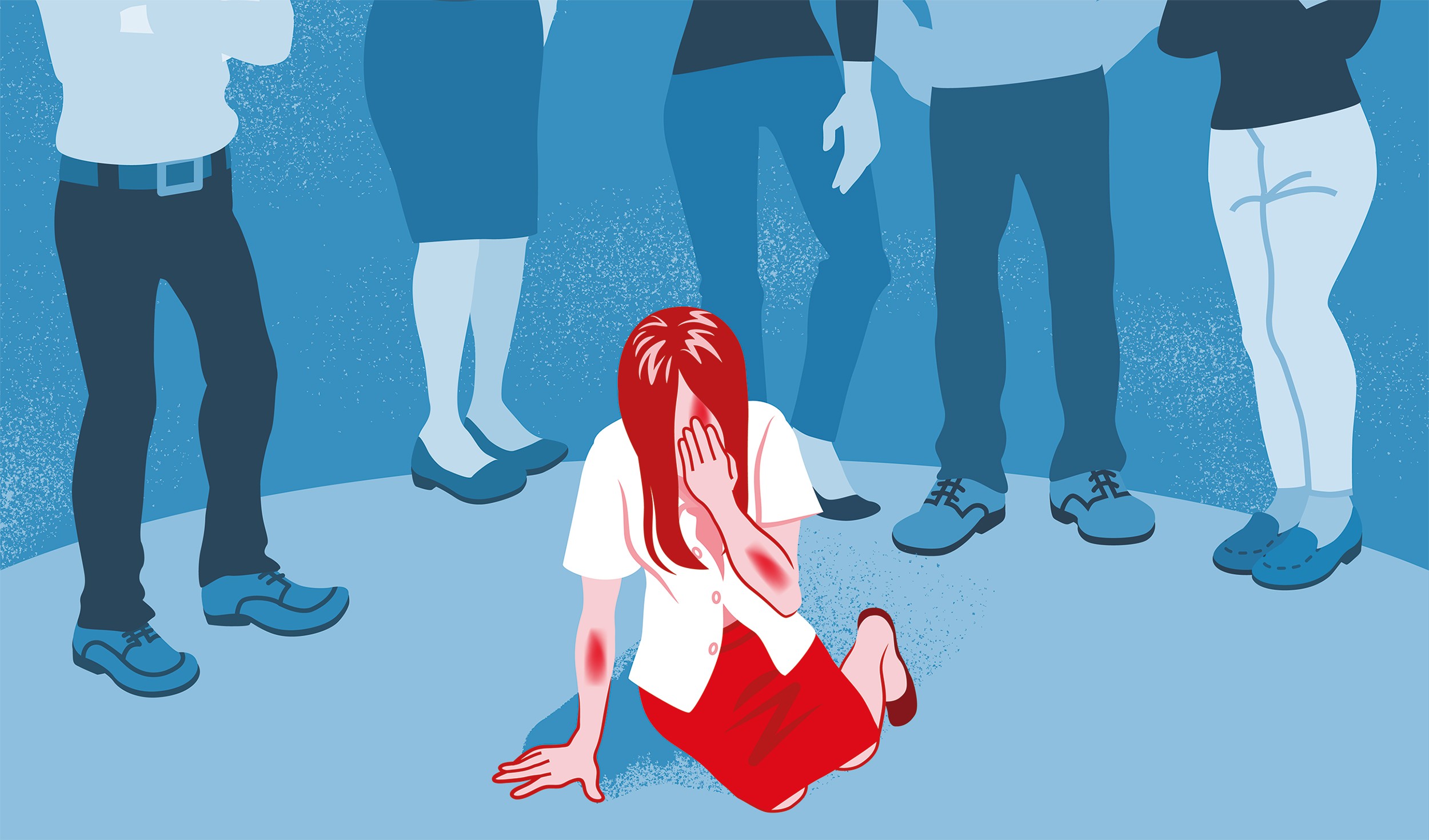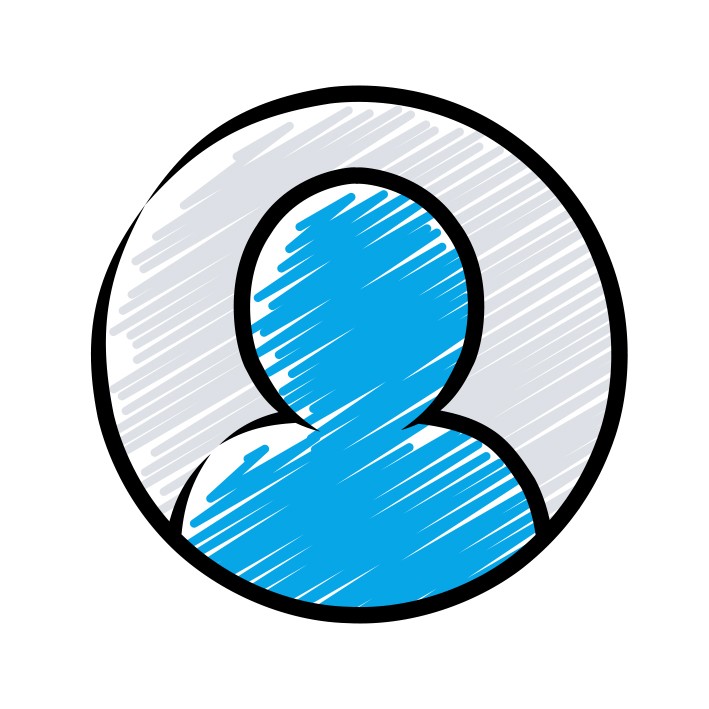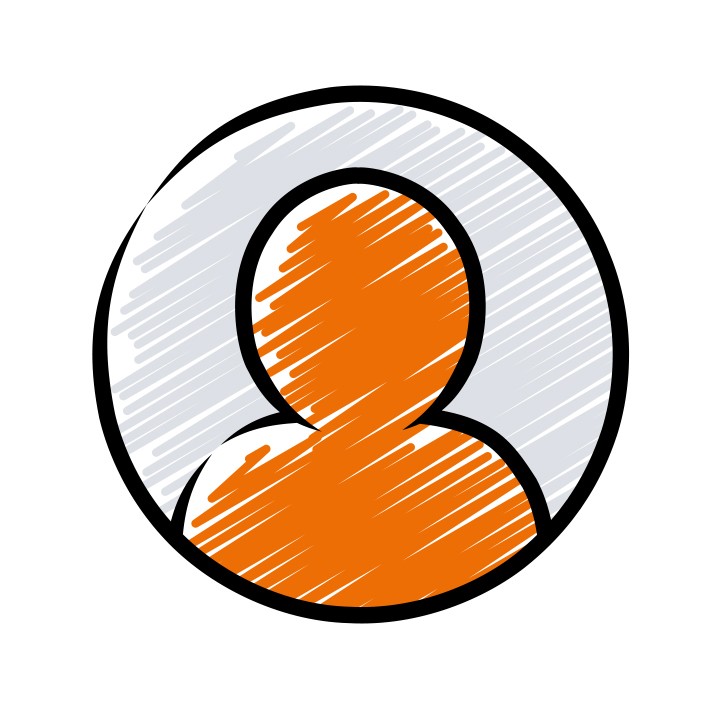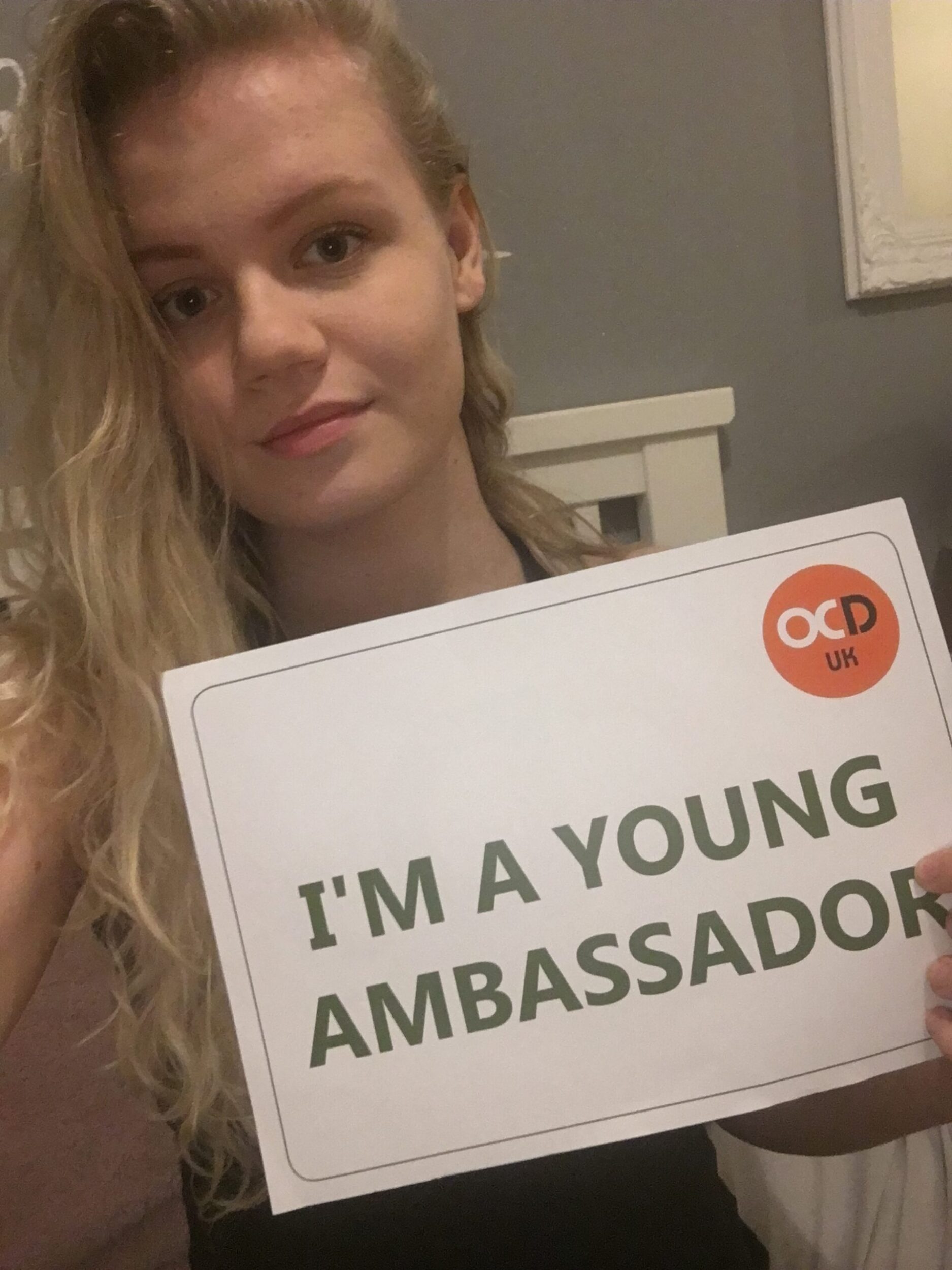Section Contents
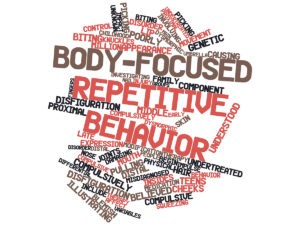 Skin Picking Disorder is frequently linked to Obsessive-Compulsive Disorder, partly because of the compulsive similarities between the two which may be why Excoriation Disorder, to give it is formal name, is actually listed as a sub-category in both the International Classification of Diseases (ICD) and the Diagnostic and Statistical Manual of Mental Disorders (DSM) clinical classification manuals under the main heading of Obsessive Compulsive and Related Disorders. Whilst there are compulsive similarities between OCD and skin picking disorder, there are also some significant differences which may be helpful to understand. But first let’s look at what Skin Picking Disorder actually is.
Skin Picking Disorder is frequently linked to Obsessive-Compulsive Disorder, partly because of the compulsive similarities between the two which may be why Excoriation Disorder, to give it is formal name, is actually listed as a sub-category in both the International Classification of Diseases (ICD) and the Diagnostic and Statistical Manual of Mental Disorders (DSM) clinical classification manuals under the main heading of Obsessive Compulsive and Related Disorders. Whilst there are compulsive similarities between OCD and skin picking disorder, there are also some significant differences which may be helpful to understand. But first let’s look at what Skin Picking Disorder actually is.
Also known has Dermatillomania or excoriation disorder, it is listed in the ICD diagnostic manual as a body-focused repetitive behaviour. Skin picking disorder is where you can’t stop picking at your own skin. Whilst most people pick at their skin occasionally, you may have skin picking disorder if you:
- Regularly pick at your skin
- Involuntary pick where you don’t always realise you’re picking
- Pick at your skin during times of stress and anxiety
- Find the picking causes bruising, cuts or bleeding
Of course, if you’re affected by skin picking in any capacity, even if it’s not exactly like what is described, we encourage you to seek out medical advice and assessment from a trained mental health professional via your GP.
The most common areas of the body that are picked at are the face and arms, although individuals may also pick at skin irregularities such as moles, freckles, spots or previous picking scars to try to attempt to smooth them out or perfect them. Most individuals will pick with their fingernails, although many use tweezers or other objects like scissors. In addition to skin picking there may be skin rubbing, squeezing or biting.
Individuals with skin picking problems will often spend significant amounts of time on their picking compulsive rituals, sometimes several hours per day and this process may last for a significant amount of time, sometimes months or years, causing a significant amount of distress and/or impairment, especially hindering social interaction which will often be avoided if scars are visibly present.
It is thought that those with excoriation disorder and skin picking problems often also have OCD, and for some this may be the case. But is skin picking the same as OCD?
Is Skin Picking the same as OCD?
In the DSM it is actually listed (rightly or wrongly) within a new category created called ‘Obsessive Compulsive Disorder and Related Disorders’, but not within Obsessive-Compulsive Disorder itself. In the ICD diagnostic manual it is listed as a body-focused repetitive behaviour similar to repetitive hair pulling disorder (trichotillomania), which is perhaps more accurate.
Whereas OCD is considered an anxiety disorder, arguably skin picking is more of an impulse control disorder. So whilst there are some compulsive and ritualistic similarities between the two there are also important differences. Primarily, OCD is driven by unwanted intrusive thoughts (the obsessions), for example fears of bad things happening where the compulsions are carried out in an attempt to prevent bad things happening. Whereas skin picking is characterised primarily by body-focused repetitive behaviour (skin picking) to reduce tension/stress, rather than being initiated by an unwanted intrusive thought.
There are many other differences too:
- There are not always obsessions in skin picking.
- Compulsions in OCD are usually carried out to prevent harm, where in skin picking they’re done to reduce tension/stress (sometimes to reduce/prevent blemishes) or because or guilt.
- In OCD the obsessions and compulsions can be about a huge range of worries and topics, whereas skin picking is almost always about tension and/or appearance.
Treating Skin Picking
The treatments for skin picking are very similar to those for OCD, with the treatment found to be the most effective being a talking therapy called Cognitive Behavioural Therapy (CBT). Some people find they also need the additional support of anti-depressant medications to help them through the therapy which will usually be a form of anti-depressant SSRI (Selective Serotonin Re-uptake Inhibitor) medications.
With skin picking an additional element of therapy may be introduced, a technique called habit reversal training. Habit reversal training works by helping the person recognise and be more aware of their skin picking and what is triggering it and sometimes help a person replace skin picking with a less harmful behaviour. This means repeatedly learning to tolerate the resulting discomfort.
There are of course some things you can do to help yourself whilst waiting for talking therapy, for example:
What to read next:

